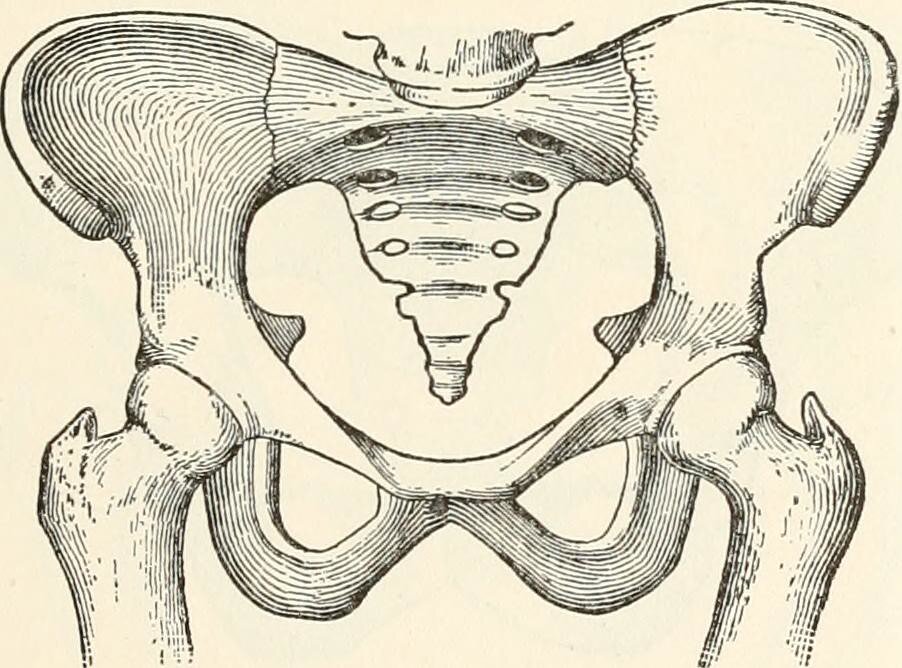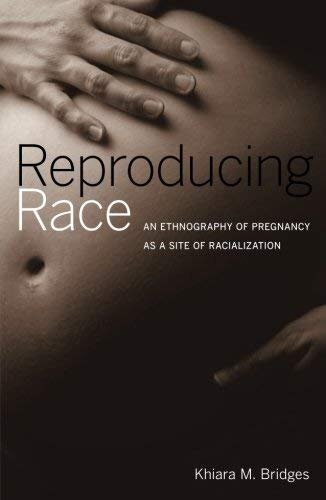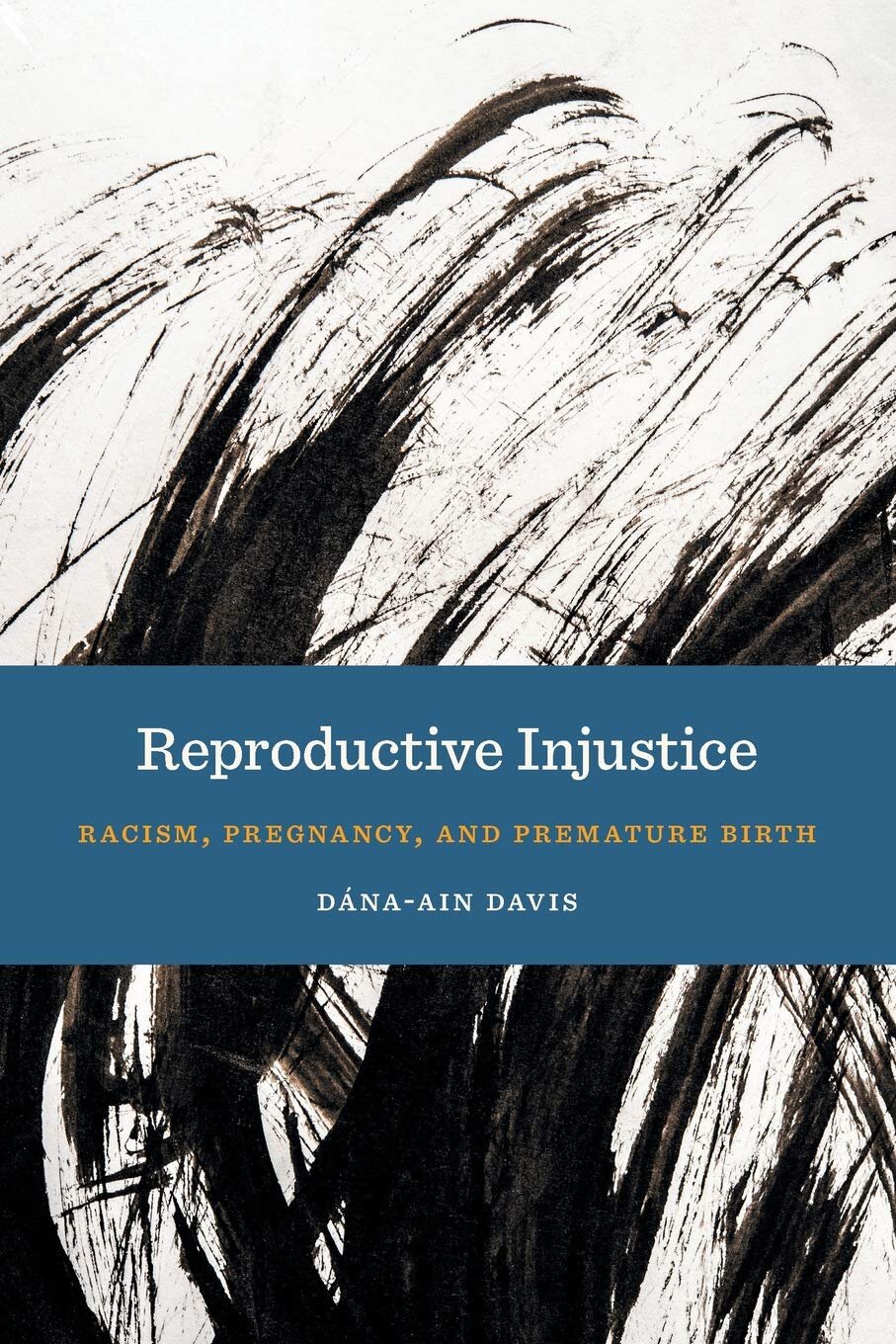The biologic authenticity of race continues to lack any evidence. However, the social significance and impact on health outcomes is indisputable. People of color experience worse outcomes during pregnancy, labor and delivery, and infant health. Learn more about health disparities in pregnancy and infancy here.
“Reducing racial and ethnic disparities in health and health care should be a priority for all obstetrician–gynecologists and other women’s health care providers.”
Race and Vaginal Birth After Cesarean (VBAC) Calculator
This calculator is often used to counsel pregnant patients about their likelihood of vaginal delivery when they have a history of cesarean delivery. Problematically, it includes race in the calculator; It allows patients to choose either African American or Hispanic ancestry - not both. Choosing either race is noted to increase the risk for complications, and, in many cases, may result in obstetric providers declining a trial of labor. This excellent article questions the use of race in this calculator and its potential for exacerbating disparities.
This podcast episode from Reveal discusses an overview of the issue, touching on the history of J Marion Sims, “the Father of Gynecology,” as well as the use of race in the Vaginal Birth After Cesarean (VBAC) calculator.
Pelvimetry and the persistance of racial science in obstetrics
In the late nineteenth century, Mexican scientists became fixated on pelvic structure as an indicator of racial difference and hereditary worth. Forty years later, in his 1931 dissertation, medical student Gustavo Aldolfo Trangay proposed the implementation of a eugenic sterilization campaign in Mexico. He even reported performing clandestine sterilizations in public clinics, despite federal laws that prohibited doctors from doing so. Trangay reasoned that his patients were unfit for motherhood, and he claimed that their small pelvic cavities were a sign of biological inferiority. His focus on anatomical measurements – and especially pelvic measurements – was not novel in Mexico, but his work shows how doctors used nineteenth century racial science to rationalize eugenic sterilization.
Cite Black Women Collective member Dr. Whitney Pirtle speaks with Dr. Monica McLemore about her career trajectory, moving from her long-time position as a clinical public health nurse to becoming a prominent researcher on Black maternal health and reproductive justice. They discuss the importance of centering and listening to Black women in reaching health equity, and why this matters especially in the current COVID-19 pandemic crises.
The Grayscale podcast has an episode covering Race, Pregnancy & Why It Matters. While this podcast highlights the work of BIPOC folks and BIPOC-led organizations, it was created by white providers and primarily aimed at educating other white providers. It references numerous podcasts, books and other resources created by BIPOC folks surrounding birth equity - many of which are highlighted on this page already.
UCLA obstetrician and gynecologist Dr. Michael Lu believes that for many women of color, racism over a life time, not just during the nine months of pregnancy, increases the risk of preterm delivery. To improve birth outcomes, Lu argues, we must address the conditions that impact women's health not just when they become pregnant but from childhood, adolescence and into adulthood.
From the UNNATURAL CAUSES series: Episode 2 - When the Bough Breaks
“There’s no magic black gene. I’m sitting here with my Afro and my black skin, but that has nothing to do with my biology as far as my increased risk of having a baby early. That’s due to the impact of racism on my body, not that I was innately, inherently broken. That is why it’s so critical for us to move away from saying, “Black is the risk factor,” to, “Racism is the risk factor.” The thing that harms black people is not our mere existence, it’s all of the policies, and the cultural beliefs that we are broken, that harm black people and our health.”
This panel discussion explored racial disparities in childbirth, and why black women are three to four times more likely to die after giving birth than white women. Panelists included Amy Holden Jones, co-creator and showrunner for Fox's "The Resident"; Dr. Karen A. Scott, assistant adjunct professor at UC San Francisco, and project director of the California Birth Equity Collaborative; Monica R. McLemore, assistant professor, School of Nursing, UC San Francisco; and Charles Johnson, founder of 4Kira4Moms Foundation, a nonprofit committed to reducing the maternal mortality rate. Dr. Zoanne Clack, writer and executive producer for ABC's "Grey's Anatomy," served as moderator.
Maternal mortality dropped by almost half over the last 25 years around the world. However, in startling contrast, deaths related to pregnancy and childbirth doubled in the United States between 2000 and 2014, putting the nation second-to-last in maternal mortality among countries in the Organization for Economic Cooperation and Development. Further, pernicious racial disparities mean that black women in the United States face a deeply distressing three- to four-times higher risk of pregnancy-related deaths. What factors are driving these increases and disparities? What changes will narrow the survival gap between white and black women? How can health care systems more effectively prevent complications and poor outcomes? And how can mothers themselves and their communities be agents for change for a more equitable and safe delivery of the next generation? Part of The Dr. Lawrence H. and Roberta Cohn Forums, this event was presented jointly with PRI's The World & WGBH on March 4, 2019.
According to recent government data, Black infants in America are now more than twice as likely to die as white infants — a racial disparity that is wider than the one that existed in 1850 when the first infant mortality rates by race were recorded. The rates of maternal mortality are equally grim and cross all class and socioeconomic lines. The reasons for the racial divide in both infant and maternal mortality have been debated by researchers and physicians for decades with considerable resources invested into programs, both in Cleveland and around the country, to combat these trends. But, are they working? And can they work if systemic racism isn't dismantled first? A panel of health experts discuss.
Books
Reproducing Race, an ethnography of pregnancy and birth at a large New York City public hospital, explores the role of race in the medical setting. Khiara M. Bridges investigates how race—commonly seen as biological in the medical world—is socially constructed among women dependent on the public healthcare system for prenatal care and childbirth. Bridges argues that race carries powerful material consequences for these women even when it is not explicitly named, showing how they are marginalized by the practices and assumptions of the clinic staff. Deftly weaving ethnographic evidence into broader discussions of Medicaid and racial disparities in infant and maternal mortality, Bridges shines new light on the politics of healthcare for the poor, demonstrating how the "medicalization" of social problems reproduces racial stereotypes and governs the bodies of poor women of color.
Black women have higher rates of premature birth than other women in America. This cannot be simply explained by economic factors, with poorer women lacking resources or access to care. Even professional, middle-class black women are at a much higher risk of premature birth than low-income white women in the United States. In Reproductive Injustice, Dána-Ain Davis looks into this phenomenon, placing racial differences in birth outcomes into a historical context, revealing that ideas about reproduction and race today have been influenced by the legacy of ideas which developed during the era of slavery.
The book argues not only that medical racism persists and must be considered when examining adverse outcomes—as well as upsetting experiences for parents—but also that NICUs and life-saving technologies should not be the only strategies for improving the outcomes for black pregnant women and their babies. Davis makes the case for other avenues, such as community-based birthing projects, doulas, and midwives, that support women during pregnancy and labor are just as important and effective in avoiding premature births and mortality.
There is a global crisis in maternal health care for black women. In the United States, black women are over three times more likely to perish from pregnancy-related complications than white women; their babies are half as likely to survive the first year. Many black women experience policing, coercion, and disempowerment during pregnancy and childbirth and are disconnected from alternative birthing traditions. Birthing Justice places black women's voices at the center of the debate on what should be done to fix the broken maternity system and foregrounds black women's agency in the emerging birth justice movement. Mixing scholarly, activist, and personal perspectives, the book shows readers how they too can change lives, one birth at a time.
Resources
Essien UR, Molina RL, Lasser KE. Strengthening the postpartum transition of care to address racial disparities in maternal health. J Natl Med Assoc. 2019; 111 (4): 349-351.
Wallace M, Crear-Perry J, Richardson L, Tarver M, Theall K. Separate and unequal: Structural racism and infant mortality in the US. Health Place. 2017;45:140‐144.
Wallace ME, Mendola P, Liu D, Grantz KL. Joint Effects of Structural Racism and Income Inequality on Small-for-Gestational-Age Birth. Am J Public Health. 2015;105(8):1681‐1688.
Williams AD, Wallace M, Nobles C, Mendola P. Racial residential segregation and racial disparities in stillbirth in the United States. Health Place. 2018;51:208‐216.
Wise PH. The anatomy of a disparity in infant mortality. Annu Rev Public Health. 2003; 24: 341-62.




